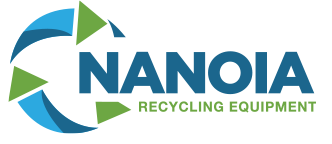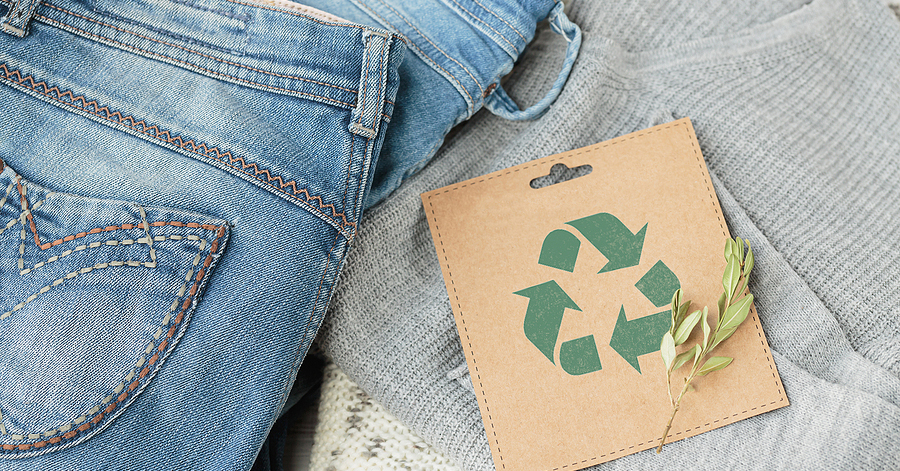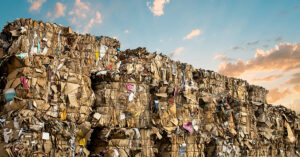In the fast-paced world of fashion and retail, managing textile waste has become a pressing concern. The clothing industry is one of the largest contributors to global waste, with millions of tons of textiles ending up in landfills each year.
However, with growing environmental awareness, businesses are seeking sustainable solutions for textile waste management. This guide explores effective strategies and how Nanoia Recycling Equipment can assist in implementing them.
Understanding Textile Waste
Textile waste encompasses a wide range of materials, including discarded clothing, fabric scraps, and other textile products. The primary sources of this waste are:
- Post-Consumer Waste: Clothes and textiles discarded by consumers.
- Pre-Consumer Waste: Offcuts and remnants from the production process.
Challenges in Textile Waste Management
The main challenges in managing textile waste include:
- Volume: The sheer amount of textile waste generated is overwhelming.
- Diversity: Textiles are made from various materials, each requiring different recycling processes.
- Contamination: Textiles are often mixed with non-recyclable materials, making them harder to process.
Effective Solutions for Textile Waste Management
- Source Reduction: Encourage sustainable consumption and production practices to reduce the amount of waste generated.
- Reuse: Promote the donation and resale of used textiles to extend their lifecycle.
- Recycling: Implement recycling programs to transform textile waste into new products or materials.
- Collaboration: Partner with other businesses, government agencies, and NGOs to develop comprehensive waste management strategies.
How Nanoia Can Help
Nanoia Recycling Equipment offers innovative solutions tailored to the textile and retail industry’s needs:
- Balers: Our balers can compact textile waste into dense bales, making it easier to handle, transport, and recycle. This not only reduces storage space but also prepares the material for efficient recycling.
- Shredders: We provide shredders that can process a variety of textiles, breaking them down into smaller pieces suitable for further processing or recycling.
- Custom Solutions: Understanding that each business has unique needs, we offer customized equipment solutions to optimize your textile waste management process.
Implementing a Textile Waste Management Program
To effectively manage textile waste, businesses should:
- Conduct a waste audit to understand the types and volumes of waste generated.
- Set clear waste reduction and recycling goals.
- Educate employees and customers about sustainable practices and the importance of textile recycling.
- Regularly evaluate and adjust the waste management program to ensure its effectiveness.
Interested in Efficient Textile Recycling?
Effective textile waste management is crucial for the sustainability of the clothing and retail industry.
By adopting the right strategies and utilizing specialized equipment like that offered by Nanoia, businesses can significantly reduce their environmental impact while also improving their bottom line.
Contact us today and let a Nanoia expert show you how our solutions can revolutionize your textile waste management and contribute to a more sustainable future.






